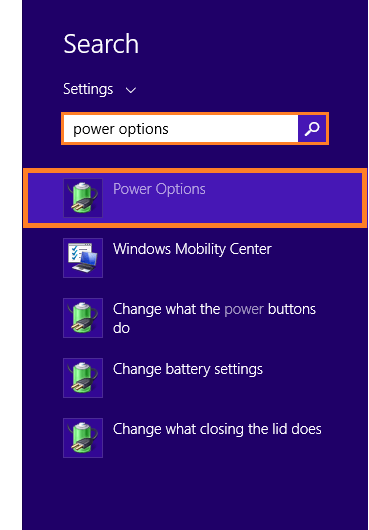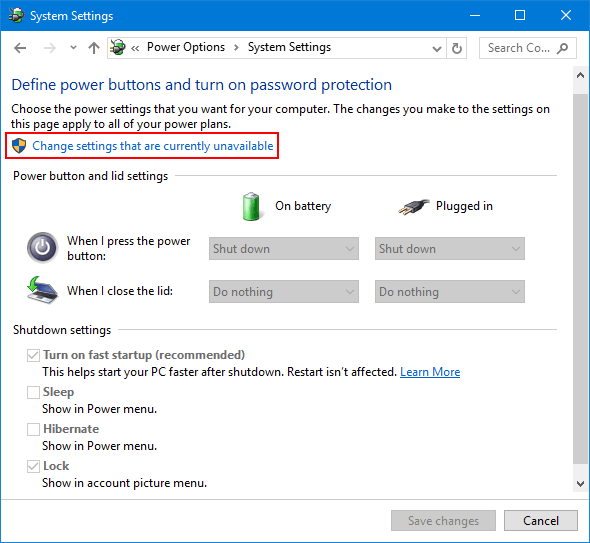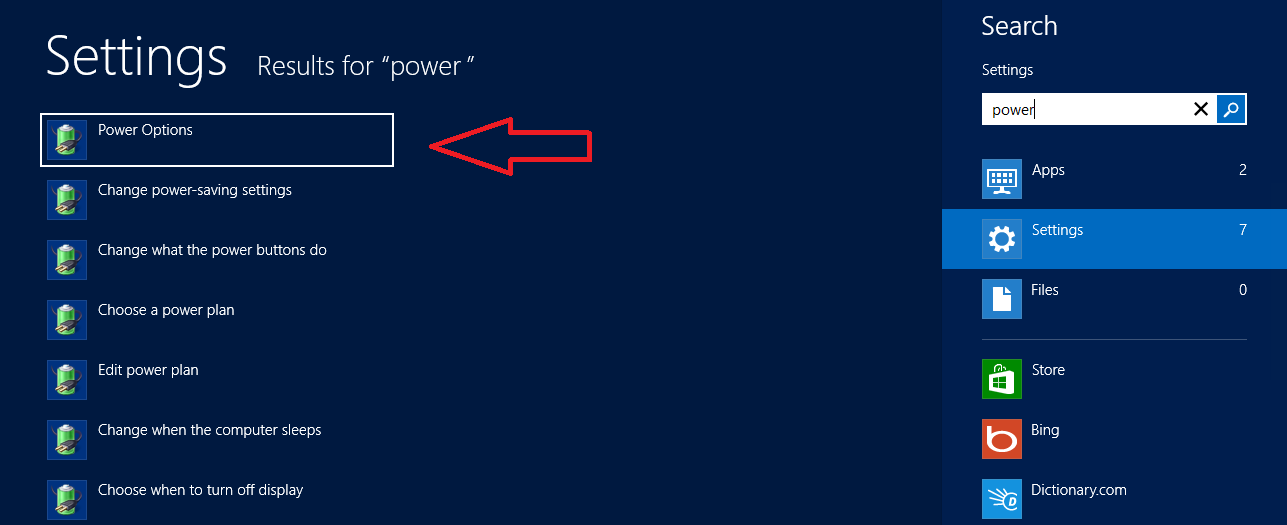

Step 5: Expand the Sleep category, then click Allow hybrid sleep. Step 4: Click the Change advanced power settings option near the bottom. Step 3: Find the power plan you are currently on and click Change plan settings. Step 2: Then, you should click Power Options.


Step 1: Open the Control Panel application by pressing the Windows key + X key at the same time. To do that, you can follow the steps below. Now, I will introduce how to enable or disable hybrid sleep. As such, it makes for a nice layer of security on top of your regular sleep functionality. It boots back up quickly, preserves the data in the case of a power cut, and doesn’t share the laptop’s problem of being moved about soon after being put to sleep. However, if you are a perfonally computer user, Hybrid sleep can be a very useful option.

This means laptops should finish using the hard drive as quickly as possible after initiating asleep, so the hard drive can’t be damaged because of sudden movement. As a laptop user, you should typically put your laptop to sleep right before throwing the machine into a bag. Since your machine uses battery power, you don’t need to worry about power cuts as much as a computer user does. If you are a laptop user, this is an easy answer! You may want to know when you should use it. When Hybrid sleep is turned on, your computer will go to sleep automatically. That way, Windows can restore your work from your hard disk if a power failure occurs. Hybrid sleep is a combination of sleep and hibernate it puts any open documents and programs in memory and on your hard disk and then puts your computer into a low-power state so that you can quickly resume your work. Hybrid sleep is designed primarily for desktop computers. Now, you have known what Sleep and Hibernate do, it’s time to take a look at what hybrid sleep is. If you want to learn about sleep vs Hibernate windows 10, this post - Should You Shut down, Sleep or Hibernate Windows 10 PC? is what you need. On laptops, when you know you will not be using the laptop for a long time and you have no chance to charge the battery during this time, you should use hibernate mode. Hibernation uses the least amount of power of all the energy-saving states in Windows. When sleep makes your work and settings store in memory and consumes a small amount of power, hibernation puts your open documents and programs on your hard disk and then shuts down your computer. Hibernation is a power-saving state designed primarily for laptops.


 0 kommentar(er)
0 kommentar(er)
